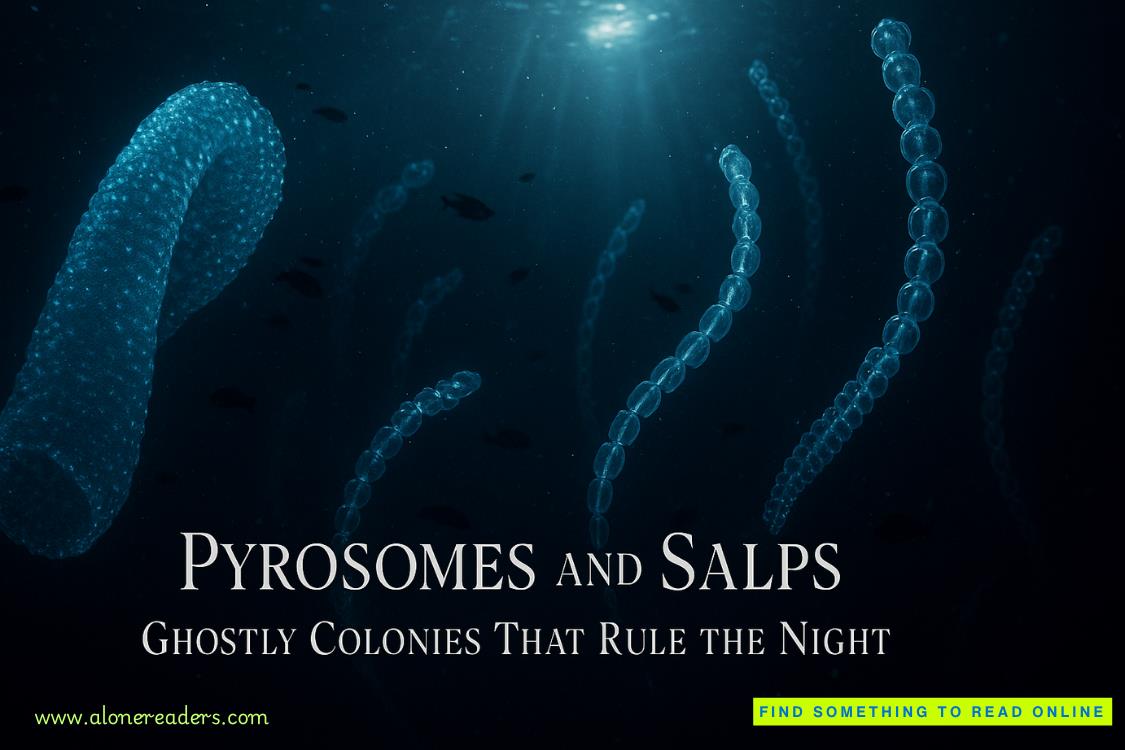Page 28 of The Kill List
A twin-engined, propeller-driven Beech King Air took off before dawn from Sde Dov, the military airfield north of Tel Aviv, turned southeast and began to climb. It passed over Be’er Sheva, flew through the no-fly zone over the atomic plant at Dimona and left Israeli airspace south of Eilat.
Its livery was snow white, with the words “United Nations” down the fuselage. The tailfin bore the large letters WFP for World Food Programme. Had anyone checked its registration number, the latter would have revealed it was owned by a shell company lodged in Grand Cayman and on long-term charter to the WFP. All of which was nonsense.
It belonged to the Metsada (Special Ops) division of Mossad and lived in the Sde Dov hangar that once housed the black Spitfire of Ezer Weizman, founder of the Israeli air force.
South of the Gulf of Aqaba, the King Air followed a course between the landmasses of Saudi Arabia to the east and Egypt/Sudan to the west. It remained in international airspace the length of the Red Sea until it crossed the coast of Somaliland and on over Somalia. Neither state had interceptor facility.
The white plane recrossed the Somali coast with the Indian Ocean north of Mogadishu and altered course southwest to fly parallel to the coast at 5,000 feet and just offshore. Any observer would have presumed it came from a nearby charity/aid base, since it had no external fuel tanks and therefore limited range. That same observer would not have seen that much of the interior was occupied by two huge fuel tanks.
Just south of Mogadishu, the cameraman readied his equipment and began to film after Marka. Excellent images of the entire beach were obtained from Marka to a point fifty miles north of Kismayo, a total stretch involving two hundred miles of sandy shore.
Then the cameraman shut down, and the King Air peeled away. It retraced its flight, switched from internal fuel tanks to main supply and returned home. After twelve hours airborne, it just squeezed in to Eilat airport, refueled and went on to Sde Dov. A motorcyclist took the camera pack to the Mossad’s photographic analysis unit for study.
What Benny wanted, and got, was a clearly unmissable rendezvous spot along the coast road where he could meet Agent Opal with fresh instructions and the necessary equipment. The spot he wanted would have to be unmistakable for someone motoring up the highway and a fast inflatable coming off the sea.
When he had his spot, he prepared his message for Opal.
• • •
Warden Doherty tried to run a decent penitentiary, and, of course, it had a chapel. But he did not want his daughter married there. As the father of the bride, he was prepared to make her day truly memorable, so the ceremony was planned at St. Francis Xavier Catholic Church, with a reception at the Clarendon Hotel downtown.
There had been mentions of the wedding, time and place, in the social diary column of the Phoenix Republic, so it was no surprise that a crowd of both the curious and the well-wishers had gathered outside the doors of the church when the happy couple emerged.
No one paid much attention to the swarthy young man among the crowd, the one with the long white robes and faraway gaze. Not until he burst through the press of onlookers, ran up to the father of the bride with something in his right hand, as if he were offering a gift. It was not a gift; it was a Colt .45 handgun. He fired four times at Warden Doherty, who was thrown backward by the force of the impact and went down in a heap.
There were, as always when a true horror has not yet impacted, two seconds of uncomprehending silence. Then the reactions. Screams, shouts and, in this case, more shots, as two on-duty Phoenix police officers drew and fired. The assailant also went down. Others threw themselves flat amid the ensuing chaos; the hysterical Mrs. Doherty, the weeping bride ushered away, the wailing police cars and ambulances, the panicking crowd running in all directions.
Then the system took over. Crime scene taped off, firearm recovered and dropped in an evidence bag, identification of the assassin. Newscasts out of Arizona that evening told all the U.S. that there had been another one. And the recovered laptop of the fanatic, found in his room above the garage, where he worked, disgorged its long list of online sermons by the Preacher.
• • •
The U.S. Army film unit is called TRADOC (Training and Doctrine Command), and it lives at Fort Eustis, Virginia. Normally, it makes training films and documentaries, explaining and extolling every aspect of the Army’s work and function. So the commanding officer had no hesitation in acquiescing to a request to meet with a certain Col. Jamie Jackson, serving with J-SOC headquarters at MacDill Air Force Base, outside Tampa, Florida.
Even within the military, the Tracker saw no reason to reveal he was really Col. Kit Carson, came from TOSA and was assigned only a few miles away in the same state. It is simply called need to know.
“I want to make a short movie,” he said. “But this would have a classification of top secret, and the finished product would be seen by an extremely limited group of people.”
The CO was intrigued, slightly impressed but not fazed. He was proud of his unit’s talent for filmmaking. He could not recall such a strange request before, but that could make the offered assignment more interesting. He had filming facilities and sound studios right on the base.
“It will be a very small, short movie with one scene. There will be no location filming. It will involve one set, probably off base. It will involve no cameras save a single camcorder—sound and picture. It will be seen, if at all, only on the Internet. The unit will therefore be extremely small, probably no more than six, all sworn to secrecy. What I need is a young filmmaker steeped in movies,” said the visitor.
The Tracker got what he wanted: Captain Damian Mason. The CO did not get what he wanted, which was an answer to his numerous questions. What he did get was a call from a three-star general, telling him that, in this man’s army, orders are obeyed. Damian Mason was young, eager and a movie buff since he was knee-high in White Plains, New York. When he had served his time with TRADOC, he wanted to go west to Hollywood and make real movies, with stories and stars.
“Will this be a training film, sir?” he asked.
“I hope it will be instructive, in its way,” said the Marine colonel. “Tell me, is there one single directory with the photographs of every available actor in the country?”
“I think you mean the Academy players directory. Every casting director in the country has one.”
“Is there one on base?”
“I doubt it, sir. We don’t use professional actors.”
“We do now. Or one, at least. Can you get me a copy?”
“Sure, Colonel.”
• • •















